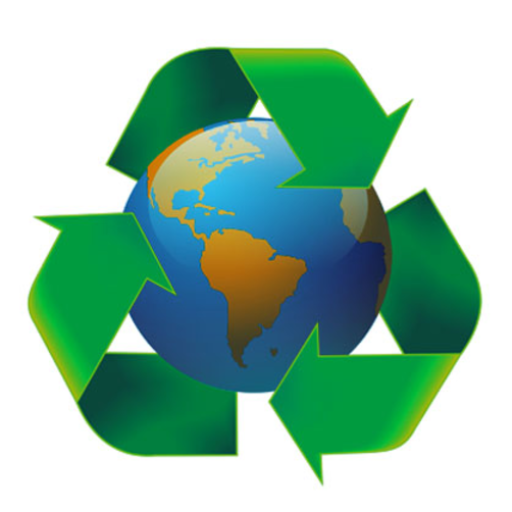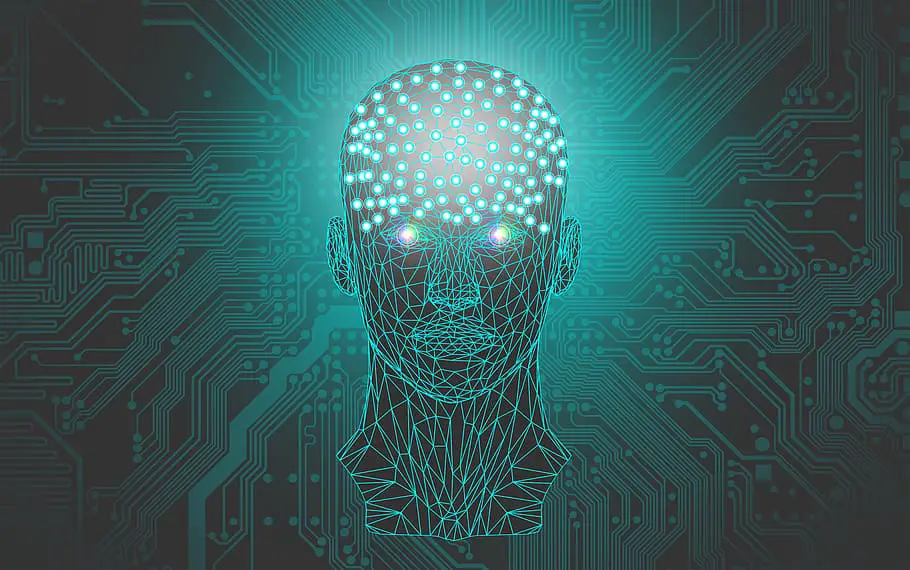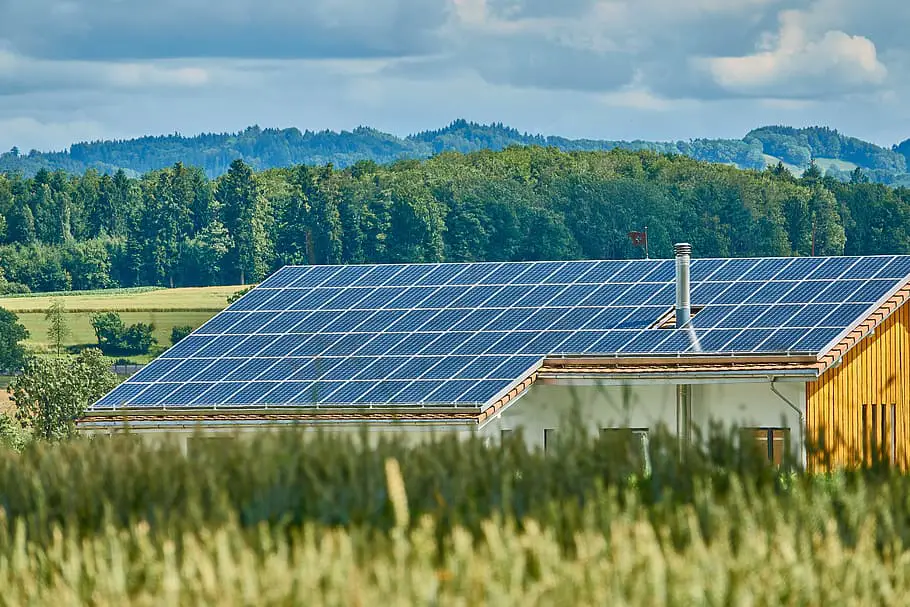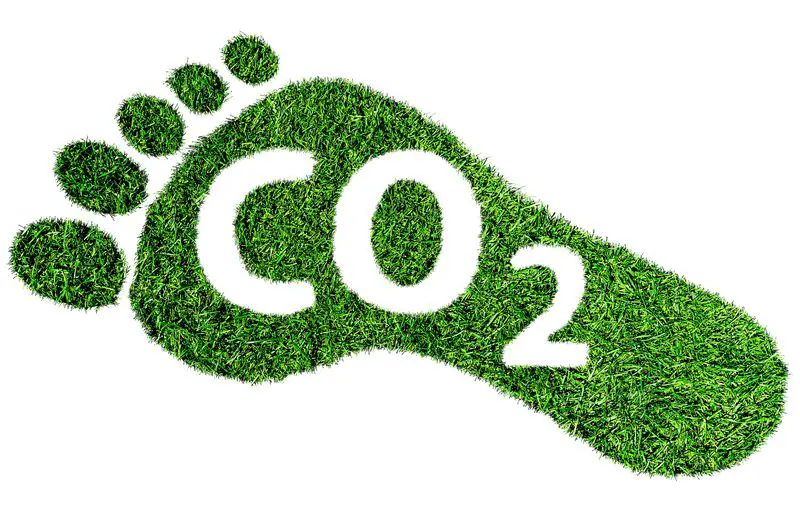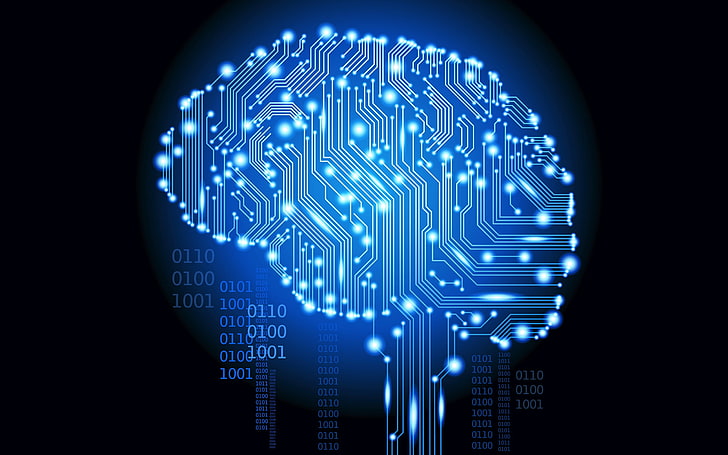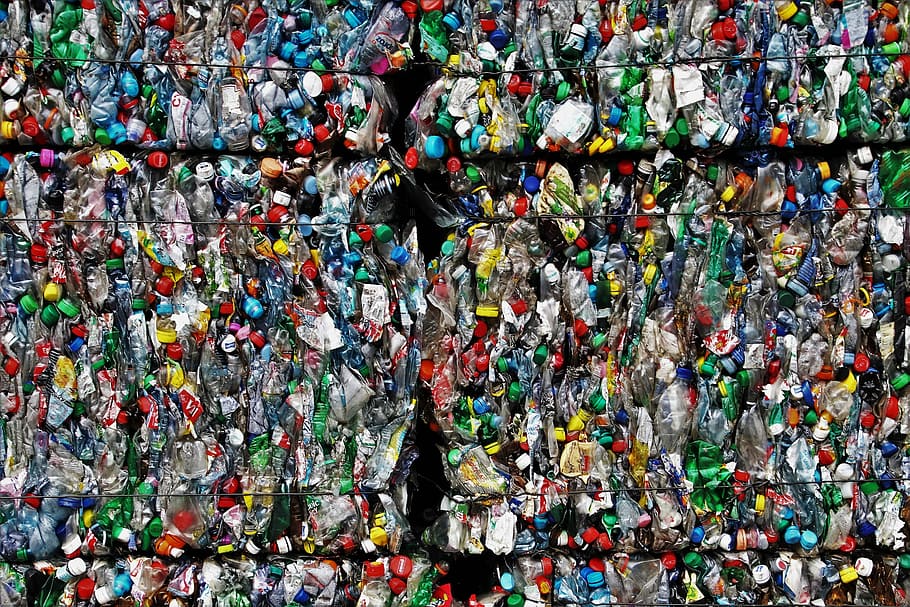
Discover how AI is revolutionizing recycling processes, making waste management more efficient and sustainable. Dive into our investigative guide today!
Ever wondered how technology could make our world cleaner and greener?
Well, it’s time to dive into the fascinating world of how AI is revolutionizing recycling processes.
This isn’t just about sorting cans and bottles anymore. We’re talking about advanced algorithms, smart bins, and robotic systems that are transforming the way we handle waste.
So, get ready to explore this exciting intersection of technology and sustainability!
How AI is Revolutionizing Recycling Processes
Welcome to a journey where technology meets sustainability. In this post, we’re going to explore how AI is revolutionizing recycling processes.
From advanced waste sorting techniques to predictive analytics, AI is reshaping the way we manage and recycle waste.
We’ll also delve into the impact of AI on job availability in the recycling industry and how it’s educating us about recycling.
So, if you’re curious about the future of recycling and how AI is making a difference, you’re in the right place.
Brief Overview of the Role of AI in Recycling Processes
Artificial Intelligence, or AI as we often call it, is no longer just a buzzword in the tech world.
It’s making significant strides in various industries, and recycling is no exception. But what exactly is the role of AI in recycling processes? Let’s break it down.
AI, in the context of recycling, is like a smart friend who’s really good at sorting things out.
Imagine having to sort through a huge pile of waste, separating plastics from paper, glass from metal, and so on.
It’s a daunting task, isn’t it? This is where AI comes in.
It uses advanced algorithms to identify and sort different types of waste, making the process faster, more efficient, and less prone to errors.
But that’s not all. AI also plays a crucial role in predictive analytics in recycling.
It can analyze patterns and trends in waste generation and recycling, helping us to optimize waste collection schedules and routes, and even predict future waste generation trends.
In essence, AI is like the brain of a modern, smart recycling process. It’s helping us to recycle more efficiently and effectively, and that’s a big win for our planet.
The Role of AI in Waste Sorting
Let’s move on to a topic that’s truly at the heart of recycling and that’s waste sorting.
It might not sound like the most glamorous job, but it’s absolutely crucial for effective recycling.
And guess what? AI is stepping in to give waste sorting a major upgrade.
So, let’s dive deeper into how AI is playing a pivotal role in revolutionizing waste sorting, making it more efficient, accurate, and, dare we say, exciting!
Advanced Waste Sorting with AI
When we talk about advanced waste sorting with AI, we’re really talking about a game-changer in the recycling industry.
Traditional waste sorting can be labor-intensive and prone to errors.
But AI? It’s like having a super-powered sorter that never gets tired or makes mistakes.
AI systems can quickly and accurately identify different types of waste materials, from plastics and metals to paper and glass.
This means less contamination in the recycling stream and more efficient use of resources.
It’s a win-win situation for everyone involved!
AI in Sorting Technology
AI isn’t just helping with waste sorting. It’s actually transforming the technology used in the process.
AI-powered sorting systems use advanced algorithms and machine learning to improve their performance over time.
They learn from each sorting operation, becoming more accurate and efficient.
Some systems even use robotics to physically sort the waste, reducing the need for manual labor and making the process safer and more cost-effective.
It’s like having a team of robotic helpers, guided by AI, working tirelessly to sort our waste.
Case Study: Materials Recovery Facility (MRF) in Boulder, CO
To really understand the impact of AI in waste sorting, let’s take a look at a real-world example: the Materials Recovery Facility (MRF) in Boulder, Colorado.
This facility has embraced AI technology, using it to enhance its recycling operations.
Their intelligent system, designed by AMP Robotics, a company created by CU Alumni Matanya Horowitz, can distinguish between different materials, accurately identifying pieces of plastic among sheets of paper and then efficiently separating them.
This not only increases accuracy and speed but also reduces manual labor requirements.
By integrating AI into its recycling processes, this facility is paving the way for more efficient and effective recycling practices.
It’s a shining example of how AI is revolutionizing waste sorting.
Predictive Analytics and AI in Recycling
Next up, let’s delve into a topic that’s as futuristic as it sounds, predictive analytics.
When combined with AI, predictive analytics can truly work wonders in the world of recycling.
It’s like having a crystal ball that can foresee waste generation trends and optimize recycling processes.
Intrigued? Let’s dive deeper into how predictive analytics and AI are teaming up to take recycling to the next level.
Predictive Analytics for Recycling Trends
Predictive analytics is like the fortune teller of the recycling world, but instead of a crystal ball, it uses data and AI.
By analyzing past and present data, predictive analytics can forecast future recycling trends.
This can help us understand when and where waste is likely to be generated, what types of waste we can expect, and how best to manage it.
For instance, if predictive analytics indicates a surge in plastic waste during certain times of the year, recycling facilities can prepare accordingly.
This kind of foresight is invaluable in making recycling processes more efficient and effective.
AI and Smart Bin Technology
Now, let’s talk about smart bins. No, these aren’t just bins with a fancy name.
They’re an integral part of how AI is revolutionizing recycling. Smart bins, equipped with AI technology, can do much more than just hold waste.
They can monitor waste levels in real-time, identify the types of waste they contain, and even sort the waste on the spot.
Some smart bins can even communicate, sending alerts when they’re almost full or when they detect certain types of waste.
This not only optimizes waste collection but also makes waste sorting more efficient right from the source.
It’s safe to say that with AI and smart bin technology, the future of recycling is looking pretty smart!
AI and Quality Control in Recycling
Quality control might sound like a term straight out of a manufacturing handbook, but it’s just as important in the world of recycling.
After all, the quality of the sorted materials can significantly impact the recycling process and its outcomes.
So, how does AI fit into this picture? Let’s dive in and explore how AI is enhancing quality control in recycling, ensuring that the materials we recycle are as clean and sorted as possible.
Automated Quality Control with AI
Quality control in recycling is all about ensuring that the sorted materials are clean, properly separated, and ready for the next stage of the recycling process.
Traditionally, this has been a manual process, which can be time-consuming and prone to errors.
But with AI, quality control is getting a high-tech makeover.
Automated quality control systems powered by AI can quickly and accurately check the sorted materials, identifying any contaminants or misplaced items.
These systems use advanced algorithms and machine learning to improve their accuracy over time, learning from each quality check they perform.
This not only speeds up the quality control process but also makes it more reliable, ensuring that only the highest quality materials move on to the recycling stage.
The Impact on the Quality of Recycled Materials
So, what does all this mean for the quality of the recycled materials? Quite a lot, actually.
With AI-enhanced quality control, the materials that make it through to the recycling stage are cleaner and better sorted.
This means that they can be recycled more effectively, resulting in higher-quality recycled products.
For instance, cleaner and well-sorted plastic waste can be recycled into higher-quality recycled plastic, which can be used to make a wider range of products.
The same goes for other materials like paper, glass, and metal. In other words, AI is not just improving the recycling process.
It’s also enhancing the end result, making recycling more worthwhile and sustainable.
AI and Recycling Education
Education is a powerful tool, and when it comes to recycling, it’s no different.
The more we understand about recycling, the better we can participate in it.
But how can we make recycling education more effective and accessible? Enter AI.
Let’s explore how AI is not just revolutionizing recycling processes, but also how it’s helping us learn more about recycling in a fun and engaging way.
The Role of AI in Promoting Recycling Behavior
AI isn’t just about sorting waste and improving recycling processes, it’s also about changing behaviors.
By providing us with real-time data and insights, AI can help us understand our recycling habits better and guide us toward more sustainable practices.
For instance, smart bins equipped with AI can provide feedback on our waste disposal habits, highlighting areas where we can improve.
AI can also be used to develop apps and platforms that educate users about recycling, providing tips and guidance on how to recycle different types of waste.
By making recycling more interactive and personalized, AI can play a crucial role in promoting better recycling behavior.
Case Study: Chatbots and Virtual Assistants for Waste Disposal Guidance
To see how AI can educate us about recycling, let’s look at the example of chatbots and virtual assistants.
These AI-powered tools can provide instant, personalized guidance on waste disposal.
For instance, if you’re not sure whether a particular item can be recycled, you can simply ask the chatbot.
It will provide you with the information you need, based on its vast database of recycling guidelines.
Some chatbots can even provide location-specific advice, guiding you to the nearest recycling facilities or providing information about local recycling rules.
By making recycling information easily accessible and understandable, chatbots and virtual assistants are helping to educate us about recycling and promote better waste disposal habits.
AI and Job Availability in the Recycling Industry
AI and jobs is a topic that often sparks debate.
While there’s no denying that AI is changing the job landscape, it’s not all about job losses.
In fact, in the recycling industry, AI is creating new opportunities and transforming existing roles.
Let’s delve into how AI is influencing job availability in the recycling industry and why it’s not necessarily a cause for concern.
The Impact of AI on Jobs in the recycling industry
The impact of AI on jobs in the recycling industry is a topic of much interest and debate.
On one hand, the introduction of AI and automation could potentially reduce the need for manual labor, particularly in tasks such as waste sorting.
On the other hand, the use of AI can also create new job opportunities and transform existing roles.
AI and automation can take over repetitive, mundane, and potentially hazardous tasks, improving safety and efficiency in the workplace.
This could lead to a reduction in the need for manual labor in certain areas of the recycling industry.
However, this doesn’t necessarily mean job losses. Instead, workers could be retrained and redeployed to other areas of the recycling process that require human skills and expertise.
Moreover, the use of AI can also create new job opportunities. For instance, there will be a need for AI specialists to develop, maintain, and improve AI systems used in recycling.
There will also be a need for workers to manage and operate these systems, as well as to analyze and interpret the data they generate.
In addition, AI can also transform existing roles in the recycling industry.
For instance, waste collectors could become waste data managers, using AI-generated data to optimize waste collection routes and schedules.
In conclusion, while AI is likely to change the nature of jobs in the recycling industry, it doesn’t necessarily mean a reduction in job availability.
Instead, it could lead to job transformation and the creation of new opportunities.
How AI is Revolutionizing Recycling Processes FAQs
Got questions about how AI is revolutionizing recycling processes? You’re not alone.
This is a complex and rapidly evolving field, and it’s natural to have questions.
So, we’ve put together a handy FAQ section to address some of the most common questions about AI and recycling.
Whether you’re curious about how AI helps with recycling or what AI recycling robots do, we’ve got you covered.
Q: How does AI help with recycling?
A: AI helps with recycling in several ways. It improves waste sorting by accurately identifying and separating different types of waste materials, making the process faster and more efficient.
AI also enhances quality control in recycling, ensuring that the sorted materials are clean and ready for recycling.
Furthermore, AI plays a role in predictive analytics, helping us understand and optimize recycling trends.
Q: How is AI revolutionizing waste management?
A: AI is revolutionizing waste management by making it smarter and more efficient.
From smart bins that can sort waste on the spot to AI systems that can predict waste generation trends, AI is transforming the way we manage waste.
It’s also improving waste collection and recycling processes, making them more effective and sustainable.
Q: How can AI help reduce landfill waste?
A: AI can help reduce landfill waste by improving recycling rates.
By enhancing waste sorting and recycling processes, AI ensures that more waste materials are recycled and reused, rather than ending up in landfills.
AI can also help reduce waste generation in the first place, by providing insights and recommendations based on waste generation data.
Q: What do AI recycling robots do?
A: AI recycling robots perform various tasks in the recycling process, primarily waste sorting.
They use AI to identify and separate different types of waste materials, making the sorting process faster and more accurate.
Some AI recycling robots can also perform quality checks, ensuring that the sorted materials are clean and ready for recycling.
These robots can work tirelessly, improving the efficiency and safety of the recycling process.
Conclusion How AI is Revolutionizing Recycling Processes
As we reach the end of our exploration into how AI is revolutionizing recycling processes, it’s clear that we’re standing at the intersection of technology and sustainability.
AI is not just changing the way we recycle. It’s making it smarter, more efficient, and more effective.
But what does this mean for the future of recycling and our planet? Let’s wrap things up and look at the big picture.
The Future of AI in Recycling
As we look toward the future, it’s clear that AI will continue to play a pivotal role in recycling.
With advancements in technology, we can expect AI systems to become even more efficient and accurate in sorting waste.
We might also see more widespread use of AI in recycling, from smart bins in our homes to AI-powered recycling facilities.
Furthermore, as AI becomes more integrated with other technologies like the Internet of Things (IoT), we can expect even more innovative solutions.
For instance, we might see smart homes equipped with AI systems that can manage waste and recycling automatically.
Or, we could have city-wide AI systems that optimize waste collection and recycling processes on a large scale.
In essence, the future of AI in recycling looks promising, with endless possibilities for innovation and improvement.
The Impact on Sustainability and the Environment
The impact of AI on sustainability and the environment is profound.
By improving recycling processes, AI helps us make better use of our resources and reduce waste.
This not only conserves resources but also reduces the environmental impact of waste.
For instance, by improving waste sorting and recycling rates, AI can help reduce the amount of waste that ends up in landfills, thereby reducing greenhouse gas emissions.
By providing insights into waste generation trends, AI can also help us develop more sustainable waste management strategies.
In conclusion, AI is not just revolutionizing recycling, it’s also contributing to a more sustainable and environmentally-friendly future.
It’s a testament to how technology can help us protect and preserve our planet.
